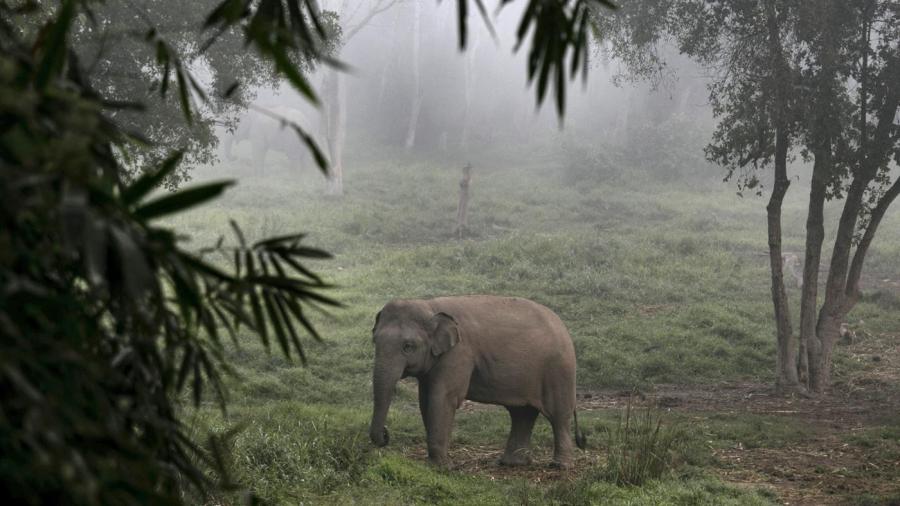What Is a Biotic Environment?

Biotic environments consist of all living things in an ecosystem. All of the plants, animals, fungi and microbes in an environment are said to be its biotic component. The biotic component is distinguished from the abiotic, or nonliving, component, which is mainly comprised of the mineral, chemical and energetic components of the environment such as water, sunlight and soil.
The biotic environment includes all living things, and the study of it involves an understanding of the complex ways organisms interact with each other and with the abiotic components of the same environment. Photosynthesis, for example, is a way that plants take energy from the abiotic environment and incorporate it into the biotic environment by synthesizing sugars and proteins from it. Other components of the biotic environment, such as herbivores, eat the plants and transfer the nutrients further along the chain. When herbivores are consumed by parasites, carnivores or decomposers such as bacteria, the energy originally derived from sunlight circulates throughout the biotic ecosystem.
Understanding the way these diverse components interact is crucial to accurately assessing the health of an environment. Disproportionate populations of carnivores, for example, can signal that something has gone wrong in the population of herbivores and suggest corrective action such as a culling.





